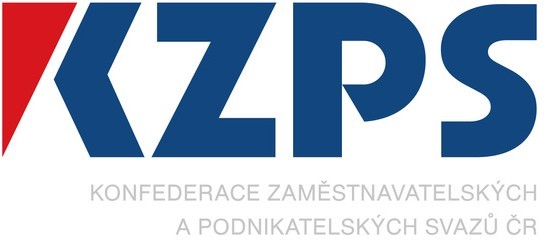Czech Business Today
EESC Corner: EU economic prospect still good: external down-size risks however accelerate
In the second half of 2019, we still have to respect and appreciate the positive development of the EU economy and the euro area over the last few years. At the same time, we are very well aware of the risks that could reverse this trend. The EU and euro area economy is now more exposed than usual to risks from outside the EU. A central element of uncertainty here is Brexit, especially a no-deal Brexit.
A qualitative analysis puts the current investment growth rate higher than the growth in EU and euro area GDP, thanks to which 2018 saw the highest level of investment since 2008, its absolute volume surpassing the pre-crisis level for the first time. Investment growth and volume have come close to or reached pre-crisis levels. While the average annual growth rate of investment in the EU stood at 0.3% between 2005 and 2009 and at 0.2% between 2010 and 2014, in 2018 investment grew by 3.7% year on year. This year the estimate is 3.2%, with 3.0% for 2020. In other words, investment is growing faster in the EU than GDP. At 20.5% of GDP, the 2018 investment level was the highest since 2008 (22.8%). In absolute amounts, the figure was EUR 3 193.9 billion in nominal terms compared with EUR 2 983.8 billion in 2008.
Here, with a view to the future, Europe would need to allocate much more robust funds, particularly to strategically important activities and sectors that can provide long-term competitive advantages in the global context. However, this economic development has not been spread evenly throughout the EU and the euro area and the progress of convergence remains unsatisfactory. Sustainability also remains an increasingly complicated challenge for the EU. We should broadly welcome the fact that significantly improved fiscal discipline is offering room for greater fiscal expansion – subject to compliance with all rules on fiscal prudence. This room is opening up both for individual Member States and the EU as a whole.
The proposal for a budgetary instrument for convergence and competitiveness (BICC) – a pilot project to strengthen fiscal policy in the euro area – could be very interesting. At the same time, we call for the continuation of effective structural reforms with well targeted investment strategies. Here, it is supported and appreciated adherence to the “virtuous triangle” of current economic policy priorities consisting in the equilibrium and mutual conditionality of investment aid, the implementation of structural reforms and the practice of fiscal responsibility and prudence. More focus on the domestic demand factors seems to be important. In parallel, attention and concern are connected with the broad spectrum of macroeconomic imbalances within the EU and the euro area. It calls on both the European Commission and the Member States to set up a common platform to align the positions of the Member States when it comes to addressing external imbalances, particularly given the greater degree of external risks in the future.
Petr Zahradník, Group I EESC Member






